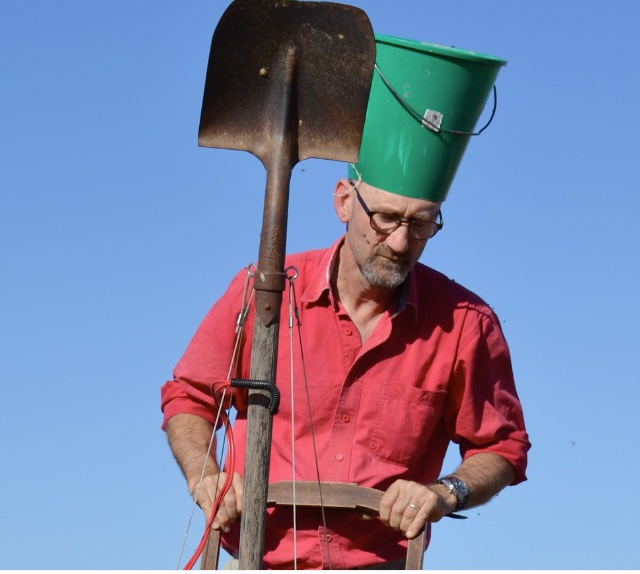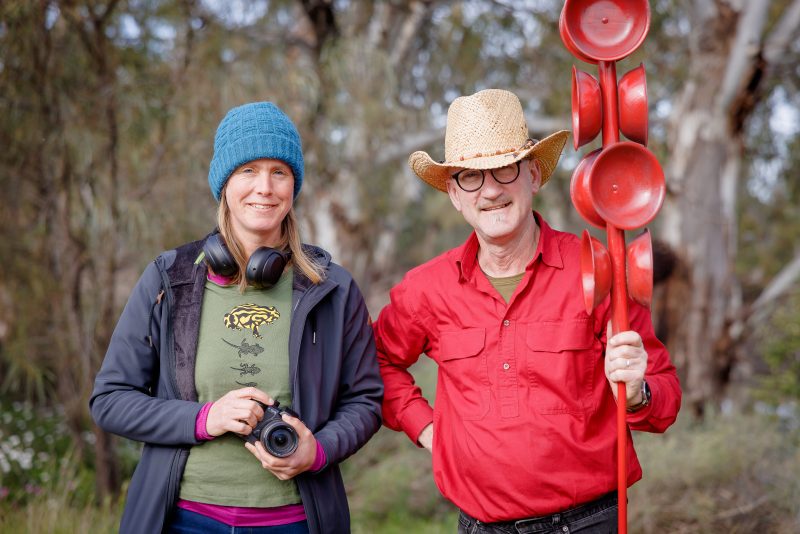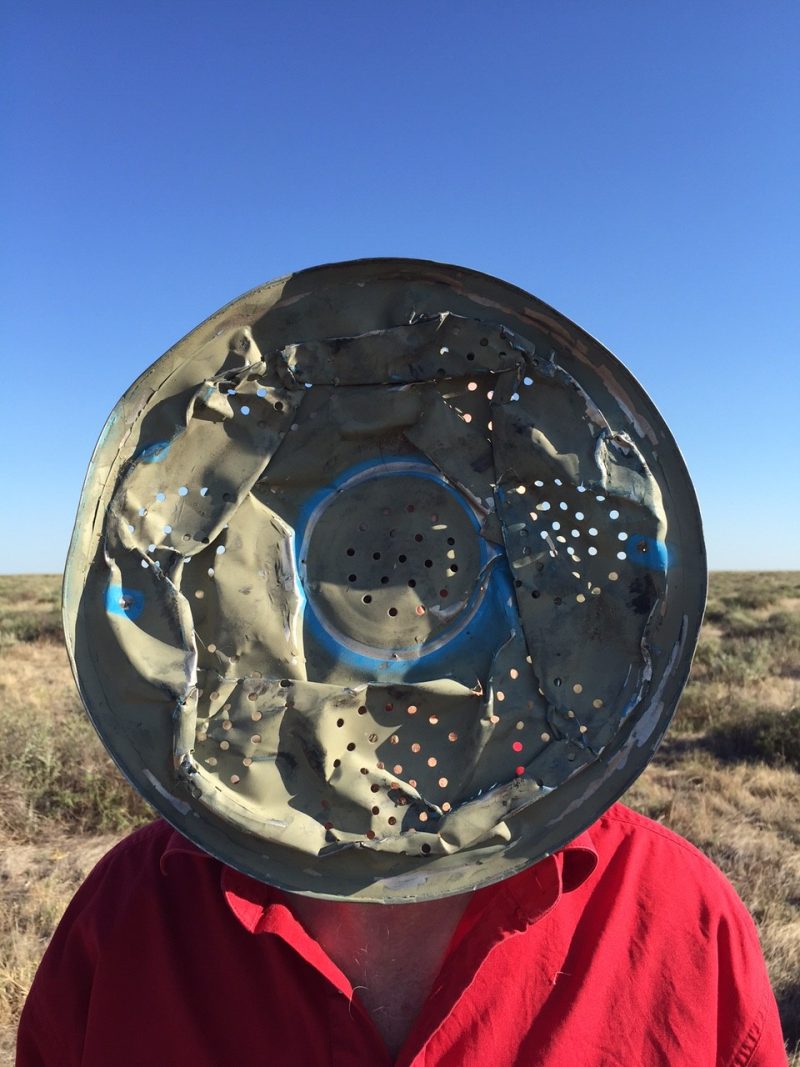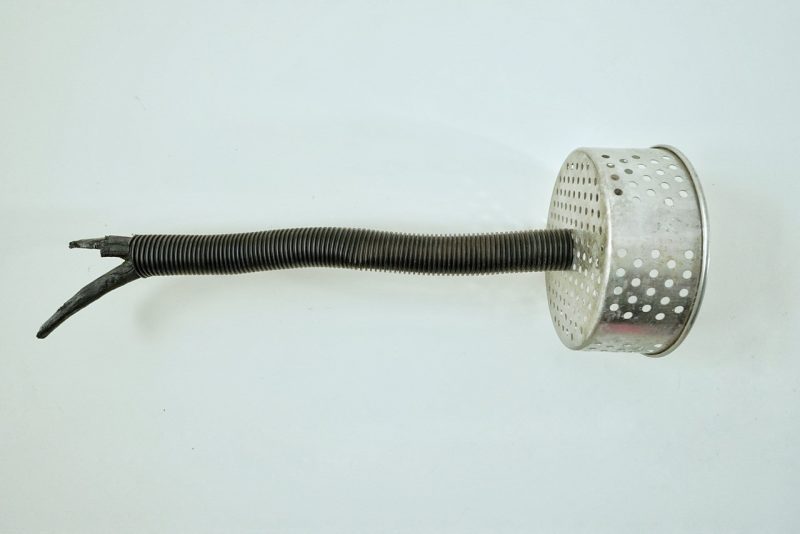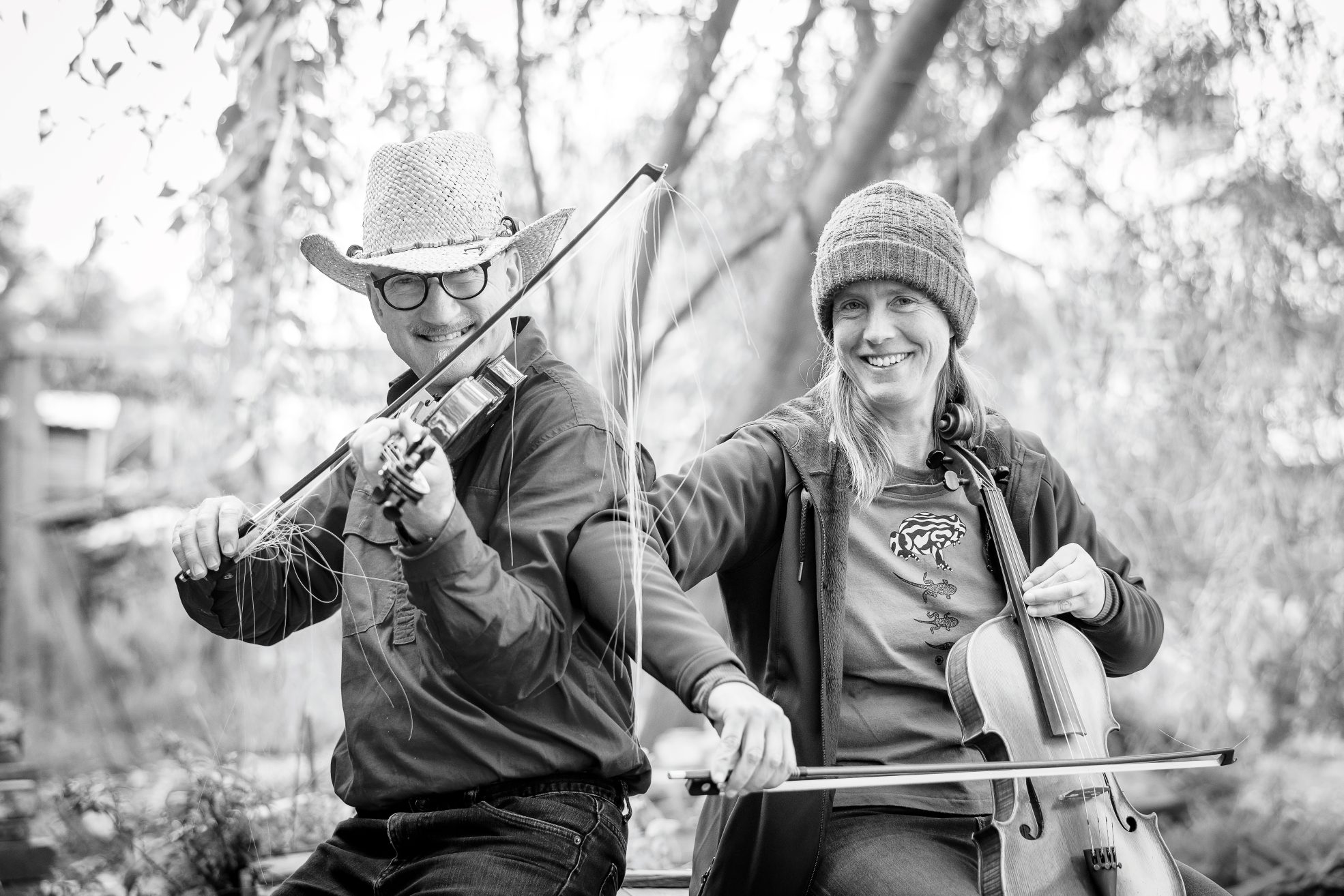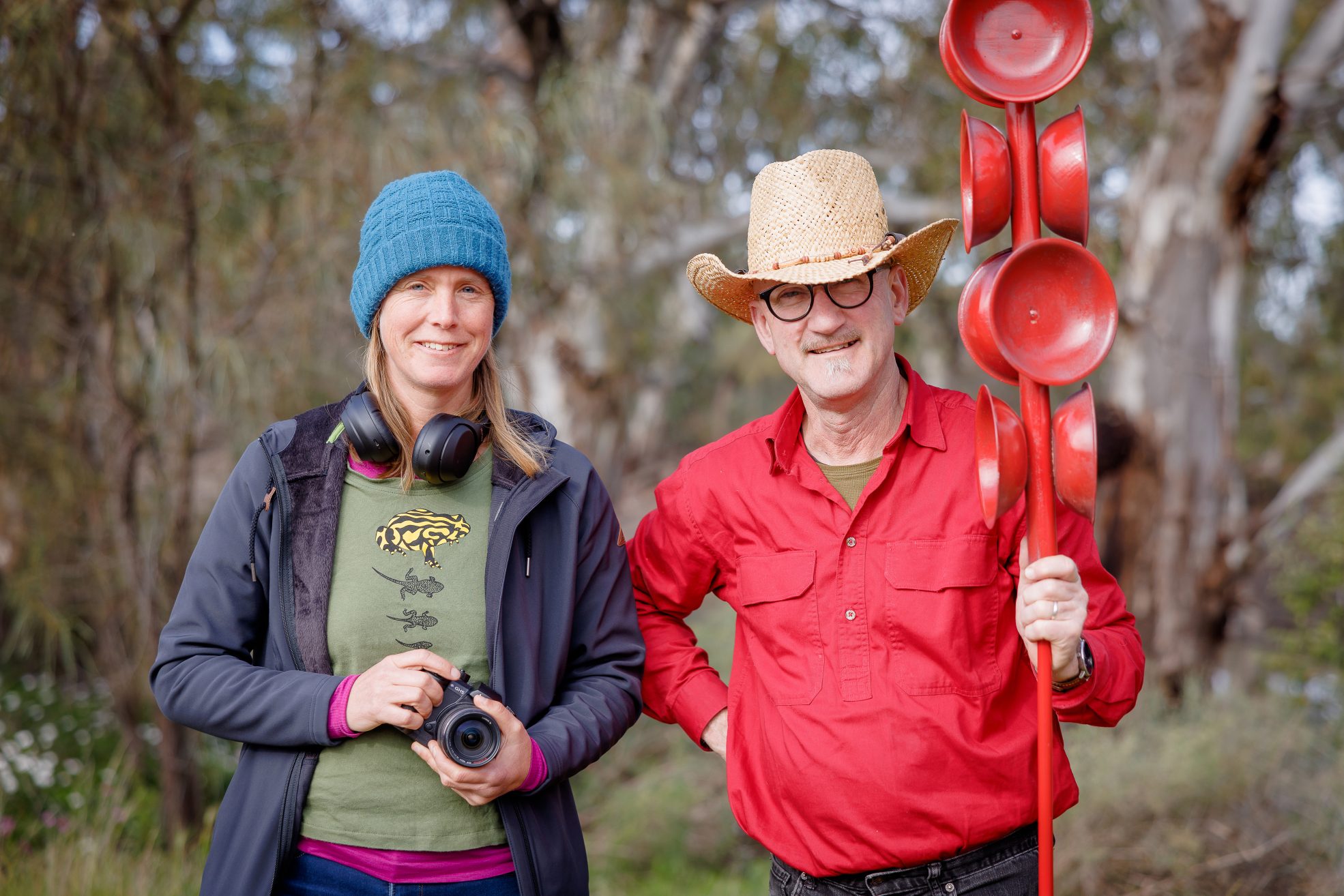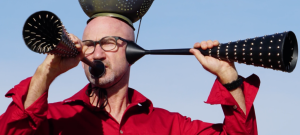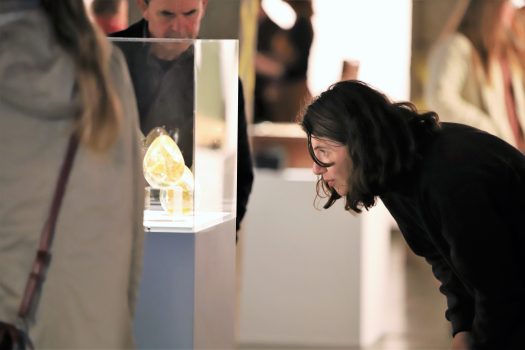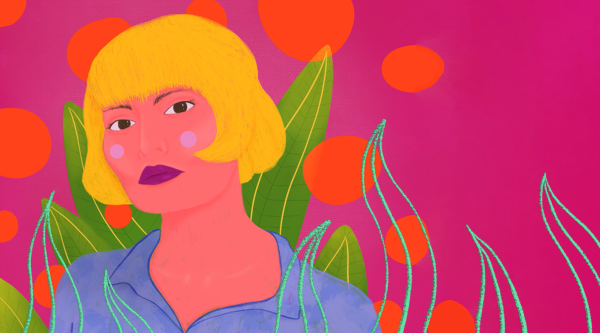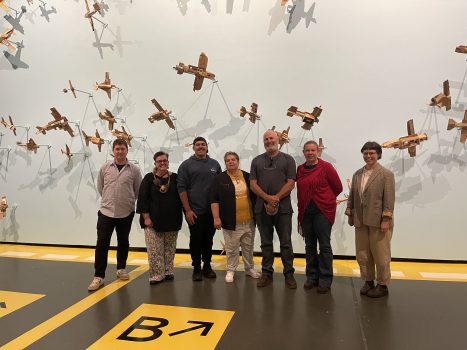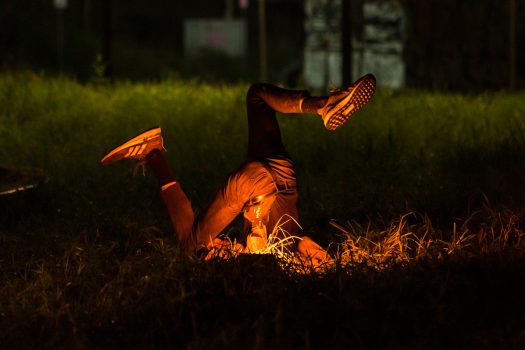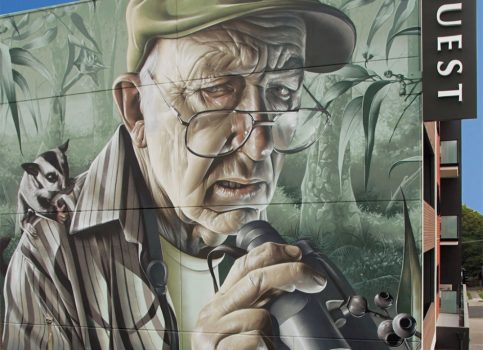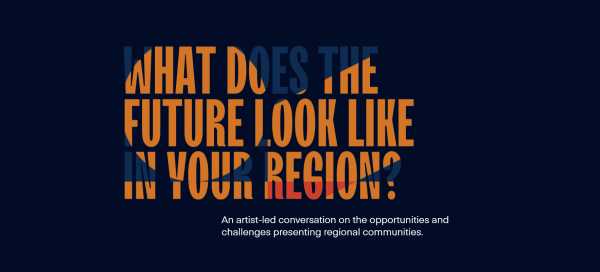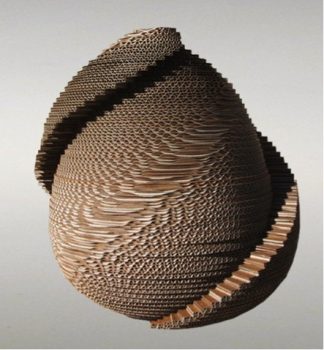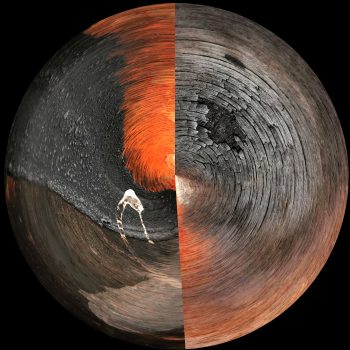Tell us about the evolution of your concept through this creative development process.
“Transmitting – Receiving” (working title)
Kristin Rule and I have been talking, texting and emailing thoughts and images back and forth since the beginning of the collaboration. Known as a composer for film, television and theatre, an animator and technologist, Kristin is also a live performer incorporating her playing of the cello and viola with looping technology in her live cinema performances. Kristin has a strong affinity with the natural environment which is evident in all aspects of her practice. As an artist with a performative leaning myself, we both recognised that the collaboration would be an exciting fit, allowing both of our practices to evolve through the two stages of this project.
Reflecting on our respective strengths and interests, we made the decision to gather footage, conduct interviews, explore the landscape of this region, trial various performances and record elements for sound design as the first stage in producing a two channel video work that incorporates a live performance by Kristin. In mid August Kristin and I spent six days working together in my studio and in the field.
Critical to our creative development of Stage One and at the core of the Regional Futures program, is the need to converse and to listen. Listening to the earth, the flora and fauna, as well as our interviewees has been a critical element of exploration for us. Capturing those sounds and content, and then responding through actions, visual art production and performance is an essential process for the outcome of Stage One.

